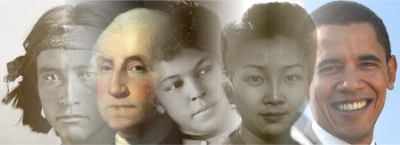Solving the Mystery of a Photograph
You look at photographs all the time. Your family takes pictures on birthdays and vacations. You’re surrounded by posters and advertisements. There are pictures in textbooks, and they fill magazines and newspapers. You probably use them in reports and projects. You look, you see, job done, right?
Not so fast. There is more to the pictures that surround us. And there is a lot you might be missing.
When you look at a photograph, you’re really having a conversation with it. You bring your own experience to the photograph, and the photograph gives you back various kinds of information. When you look at the scenery in a picture, you notice whether it’s inside or outside, hot or cold, city or country. Then, everything you know about a hot city room or a cool country road helps you to understand what the photograph is trying to say to you.
A person in a picture might remind you of yourself or someone you know. If you see a person in a photograph who reminds you of your favorite aunt, you bring memories of that person to what you see. You almost automatically think that the person in the photograph is probably kind and funny, like your aunt. If the person in the photograph reminds you of someone who was mean to you, you bring that, too.
A lot of this happens in a split second. You might not even be aware that it’s happening, but it is. And that first impression is a big part of the conversation. But not all of it. If you’re willing to look closer, a photograph can often tell you more. And just as in any other conversation, it helps to ask the right questions.
Look at the photograph on the next page. Try to get everything you can out of this picture, starting with the simple facts.
NEXT
OneHistory HOME
